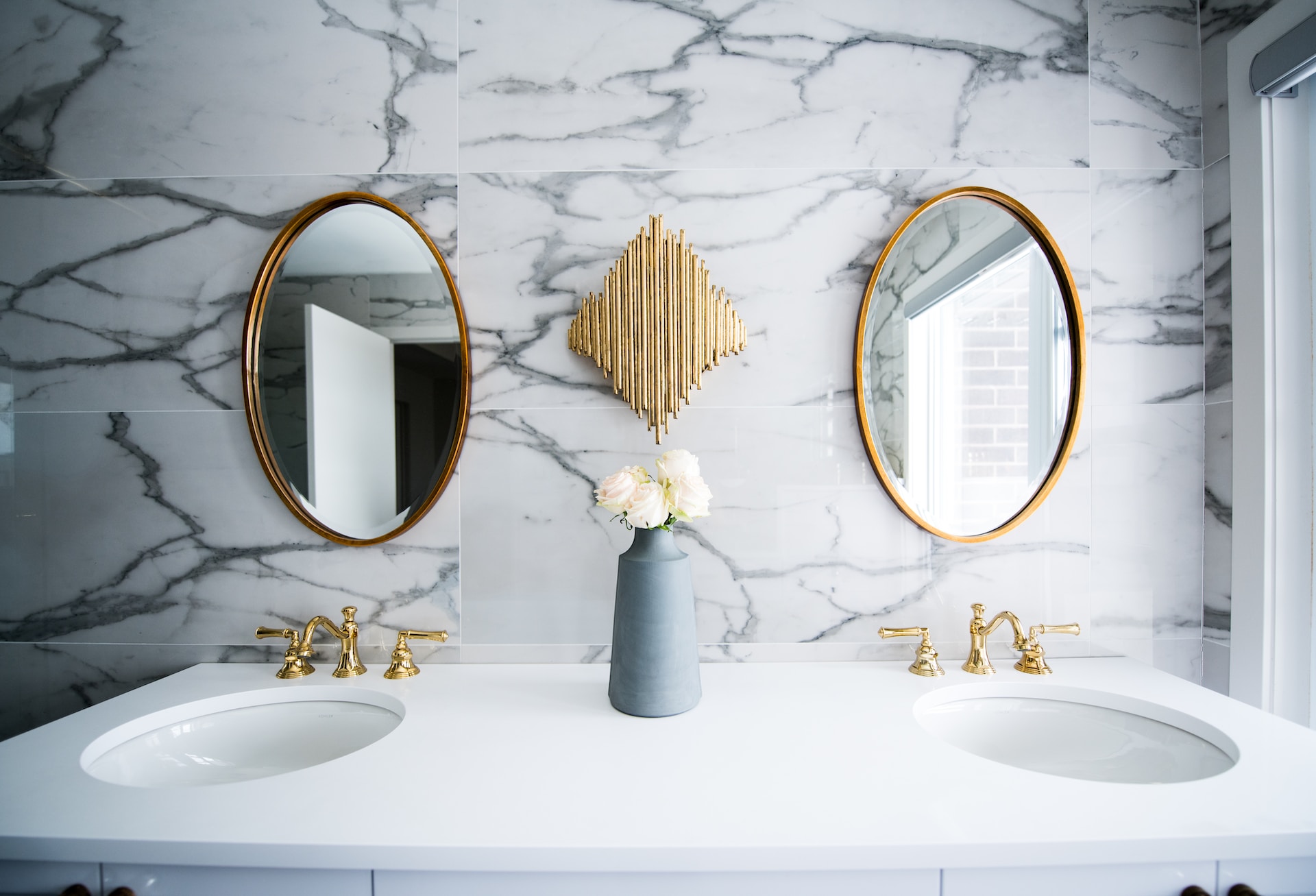Are you looking for some inspirational backyard makeover ideas?
Your backyard should be a dream oasis that you, your loved ones and your guests will never want to leave! But it also has to be a space that works functionally and stylistically for you. From budget-friendly tweaks to luxurious upgrades, we’ve pulled together some of the best backyard renovation ideas to help you revolutionise your outside space.
14 Backyard Makeover Ideas
1. The Cozy Conversation Nook
You don’t need a lot of space or a big budget for this backyard hack. String up some fairy lights and invest in a bit of comfortable outdoor seating and you’ll have prepared the perfectly comfortable and cozy conversational nook. You can always customise the space with some colourful pillows or potted plants, depending on your aesthetic.
2. The Budget-Friendly Fire Pit
A fire pit is a great way to improve the backyard of all shapes, sizes and types. Budget-friendly, customisable to suit your lifestyle and endlessly enjoyable, there are plenty of pre-made fire pit kits and handy instructions for do-it-yourself versions. Either way, there’s nothing better than a warm evening beside a fire with your family and friends.
3. The Entertaining Patio
Installing a deck or patio space is a popular choice of backyard transformation. The practicality and functionality of the space allows you to conduct whatever outdoor activities suit you and your family. Plus it provides a clear separation between the rest of your yard and your home. Of course, there’s nearly no limit on the different types, sizes and styles of deck available–depending on your budget.
4. The Water Feature Aesthetic
If you’re looking to turn your backyard into a Zen oasis or just want to infuse some beautiful and natural sound and imagery to the outdoor space, a water feature is a great option. From the sound of trickling water adding a sense of tranquility to the bold and beautiful aesthetic of a water feature, consider installing a small fountain, pond, or even just a simple birdbath.
5. The Hammock Haven
This backyard makeover idea is another fantastic budget-friendly option. If you have two strong trees in your backyard, consider stringing up a nicely patterned hammock. Not only does it infuse a bit of colour into the space but also adds some functionality by offering the ultimate relation spot. Hammocks are wonderful for afternoon naps or enjoying a good book in the gentle breeze…
6. Atmospheric Lighting
When it comes to designing a backyard makeover, do not underestimate the effect lights have on ambiance. String lights, fairy lights, festoon lights and globe lights are all great options for adding a magical touch to your outdoor space. Your choice of lighting can help create the perfect venue for entertaining guests or create an intimate, romantic atmosphere for you and your special someone.
7. The Vertical Garden
This backyard makeover idea is ideal for small outdoor spaces. A vertical garden is a very practical way of adding greenery, visual interest and a bit of nature to your wall or fence. Of course, you can customise every aspect of the vertical garden as well to suit your preferences.
8. The Outdoor Cinema
Are you a movie lover? It’s not nearly as hard or expensive to create a wonderful outdoor cinema as you might think. Simply put up a taut sheet or invest in a proper screen and project the movie straight onto it. With some comfy seating and a bowl of popcorn, your transformed backyard will be ready for family movie night in no time.
9. The Kids Zone
There are a lot of different options when it comes to creating a play zone for your kids. Swing sets, monkey bars, slides, playhouses, and sandboxes are easy to source and surprisingly affordable. But the hours and hours of fun in store for your kids is priceless!
10. The Outdoor Kitchen
If you love hosting or cooking up a storm, investing in an outdoor kitchen could be the backyard makeover of your dreams! Consider an outdoor pizza oven for delicious homemade dinners under the stars. Or upgrade your barbeque with a built-in grilling station and smoker. Even a simple custom-designed bar area will turn your next dinner party into one to remember!
11. Water Fun
If your budget allows for it, consider installing a swimming pool. Few things deliver backyard luxury as a pool–perfect for hot, lazy days and resort-style living. However, if you are operating on a tighter budget or within more confined outdoor space, consider a splash pad for the kids. There’s plenty of options out there for beating the heat and infusing fun and excitement into your backyard for your children.
12. The Japanese Garden
If you’re interested in taking your Zen garden up a level, consider a Japanese-inspired space complete with rocks, sands and minimalist greenery. Transforming your backyard into the ultimate meditation space will infuse a sense of peacefulness and calm into not just your home but your life.
13. The Games Garden
For those active families, an outdoor games area could be the backyard makeover idea that meets all your needs. There’s a limitless supply of options out there, such as giant Jenga or chess sets, a horseshoe pit or even cornhole boards. With an assortment of carefully chosen and arrayed games, you and your family will simply love being out in the fresh air and sunlight.
14. The Herb Garden
Transform your backyard into the culinarian’s best friend with a herb garden. A dedicated spot for your fresh flavours and herbs offers not just a rewarding and enjoyable hobby to engage in but will give you access to the freshest ingredients for your next dinner.
Let’s Talk More Backyard Transformation Today
Fortunately, the team here at Euro Marble can help! We source the most beautiful and highest quality natural stone from around the world.










